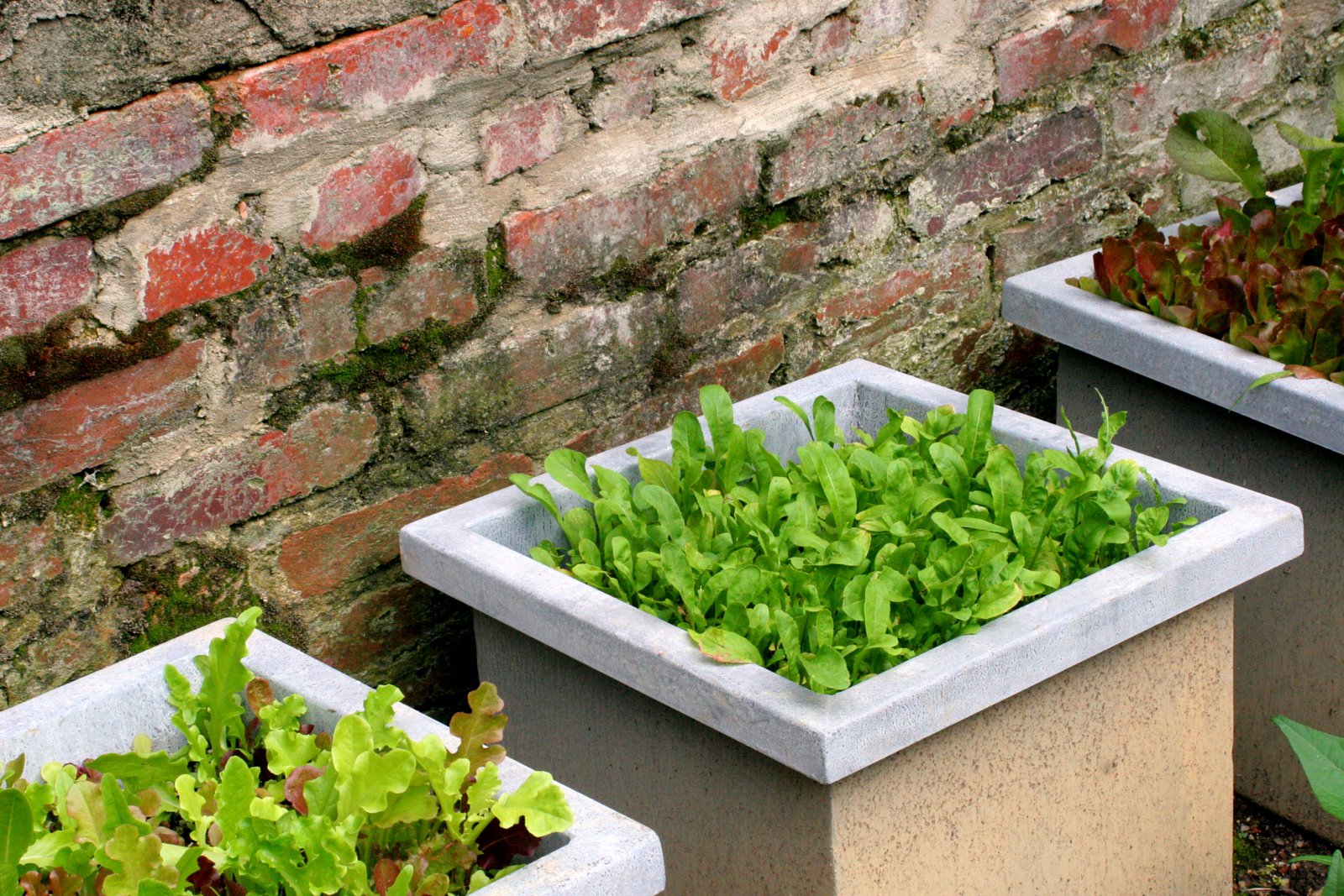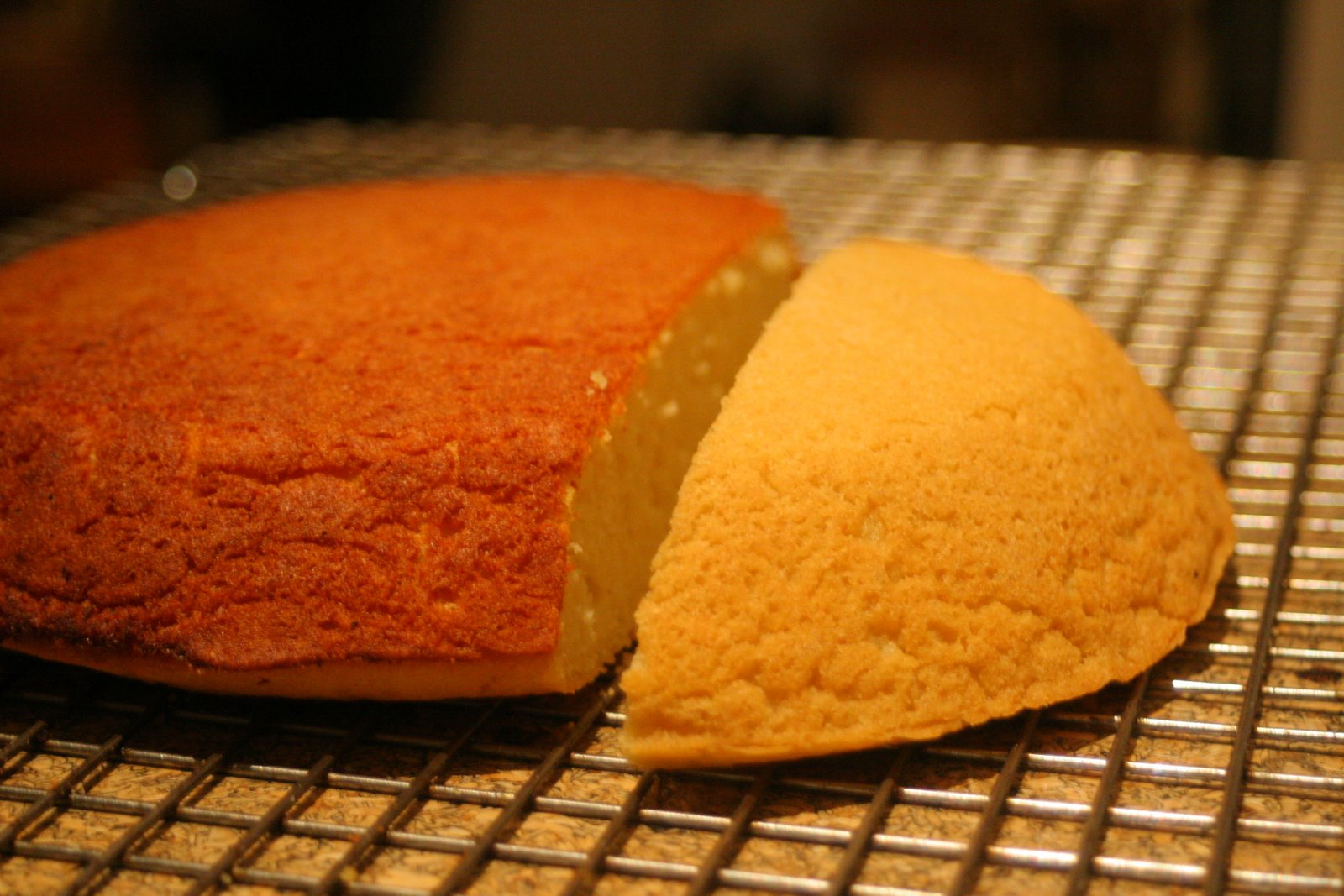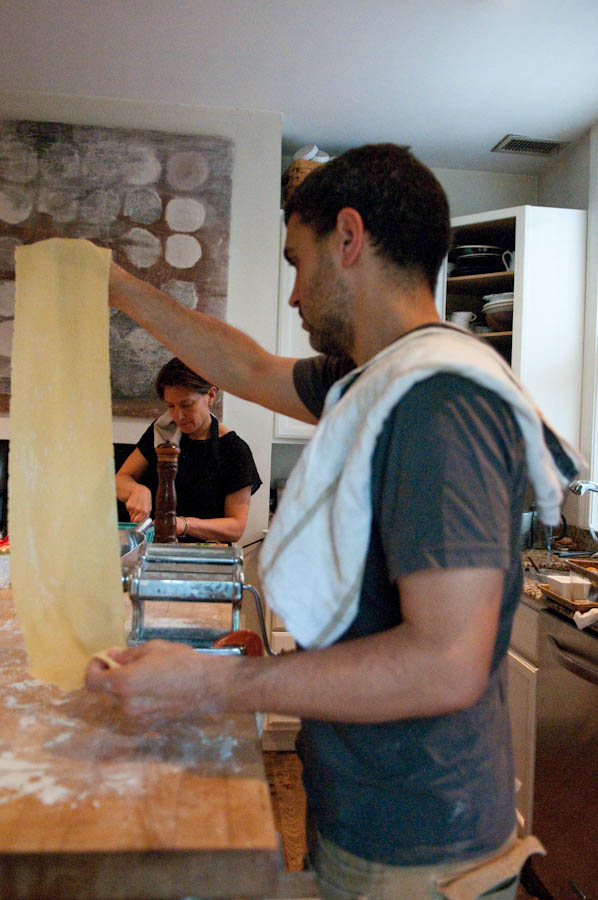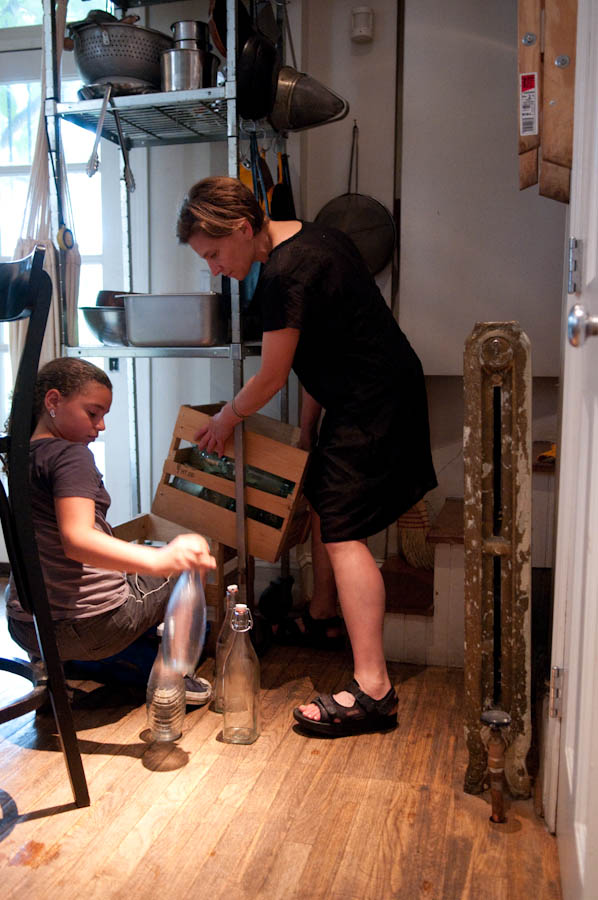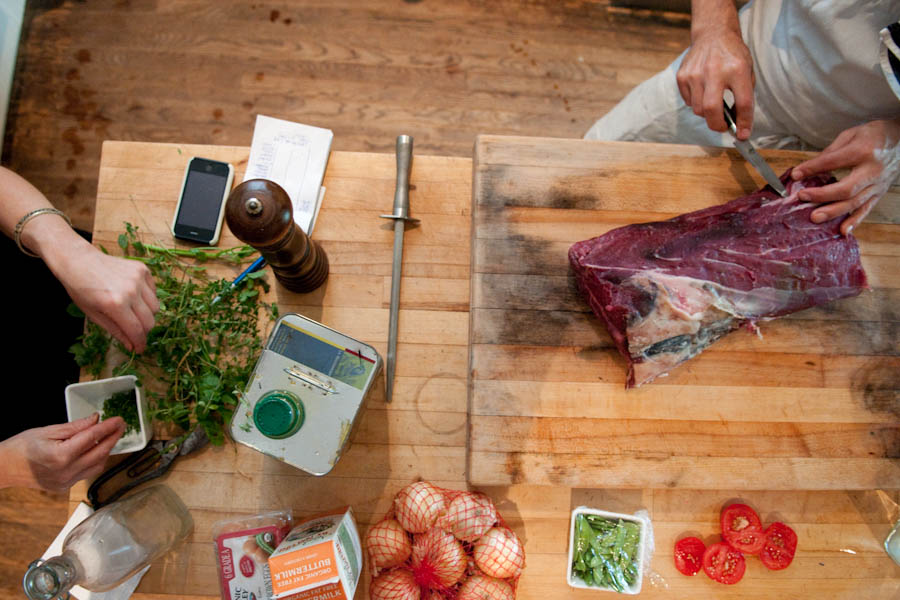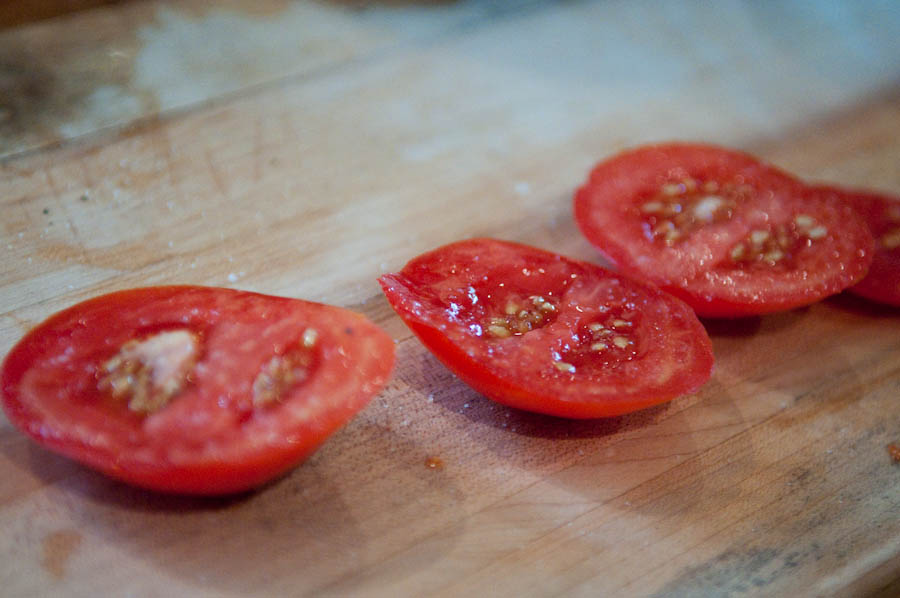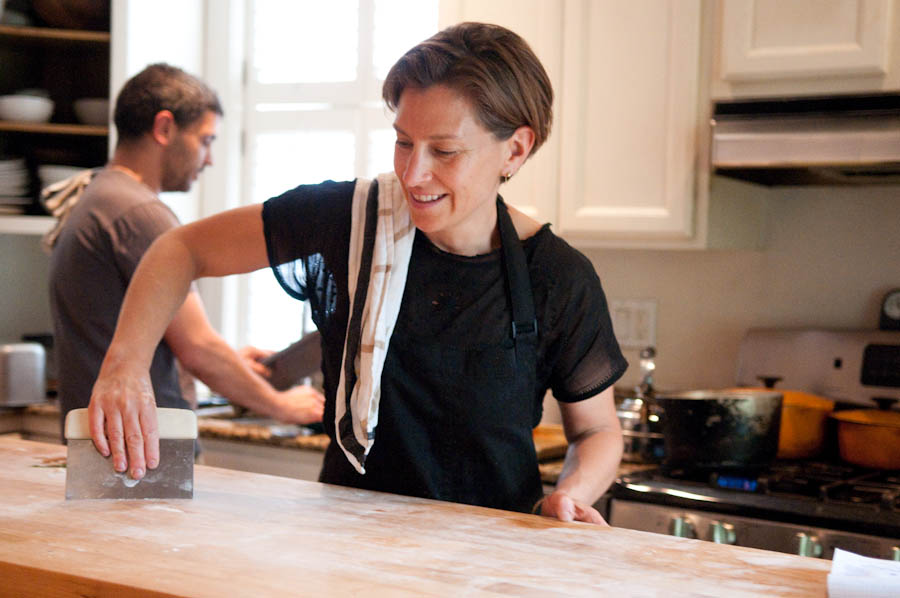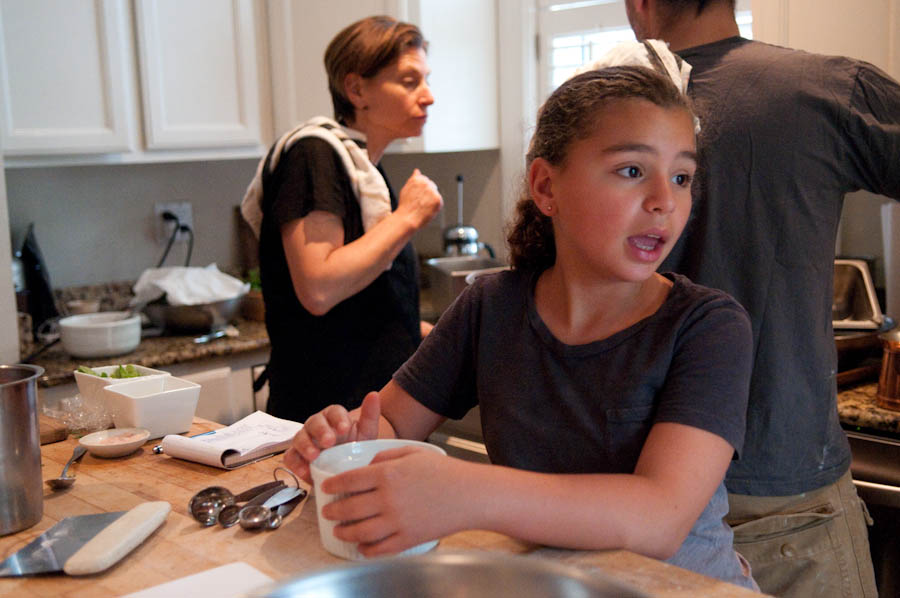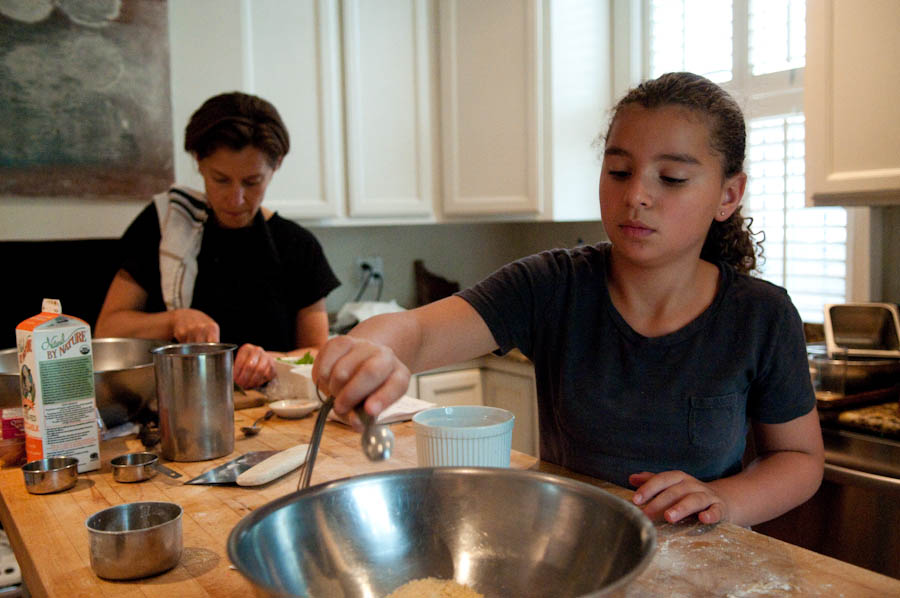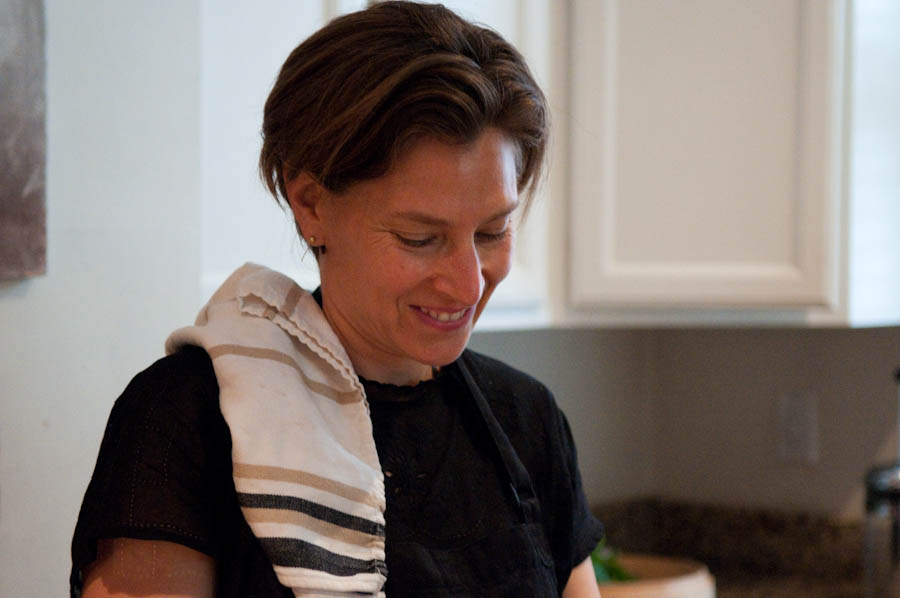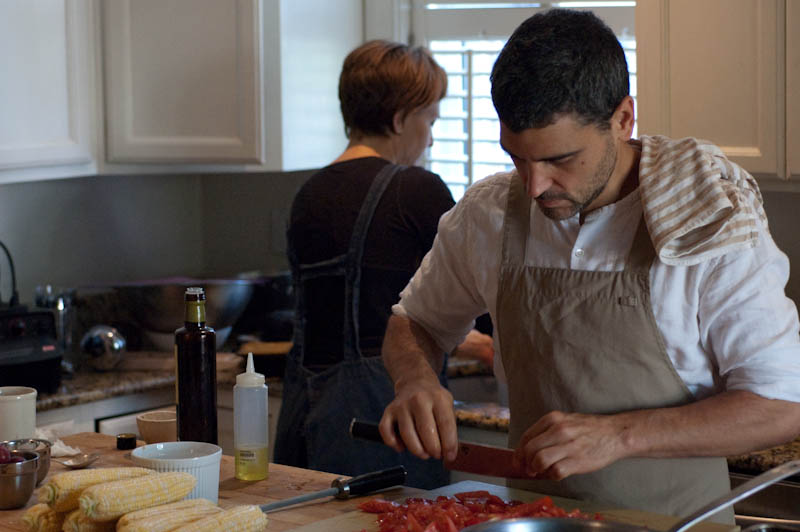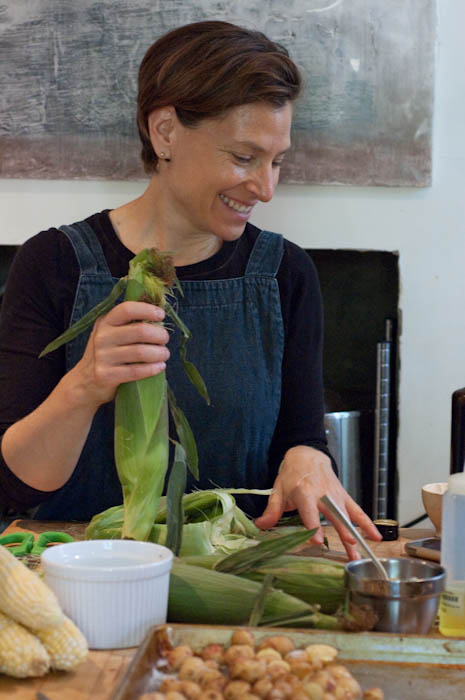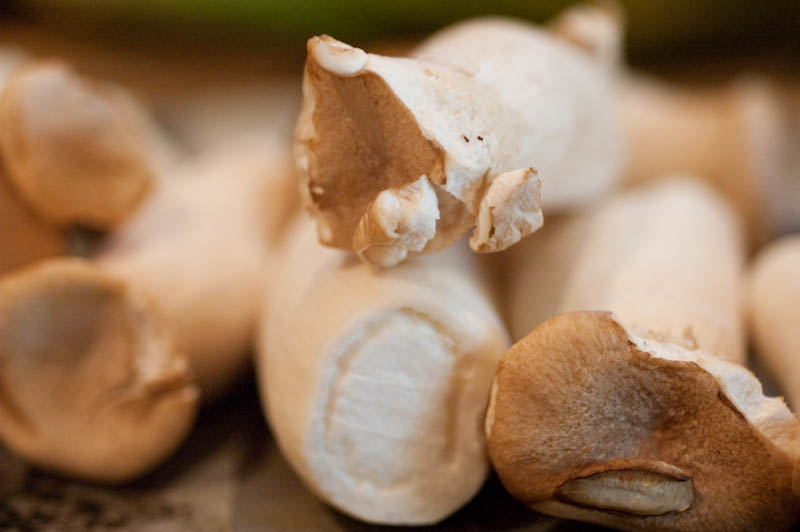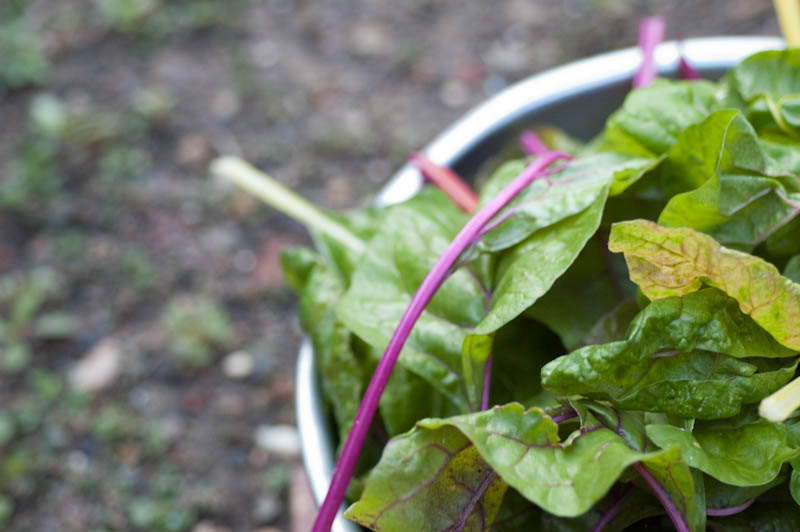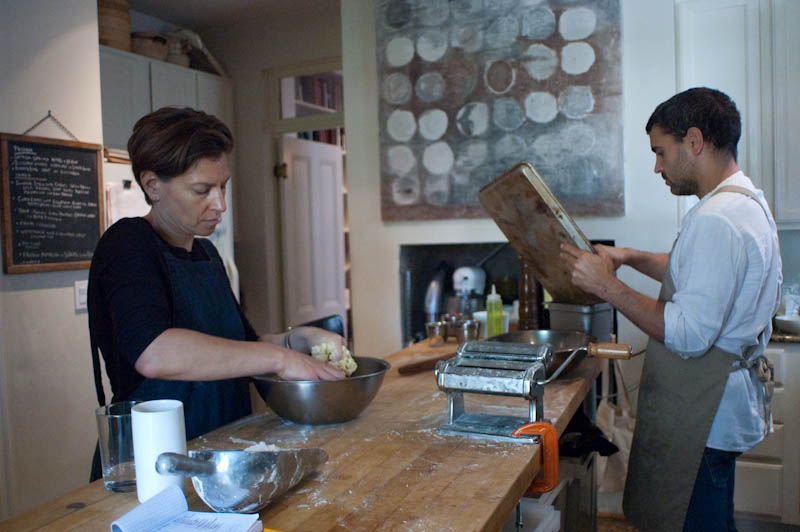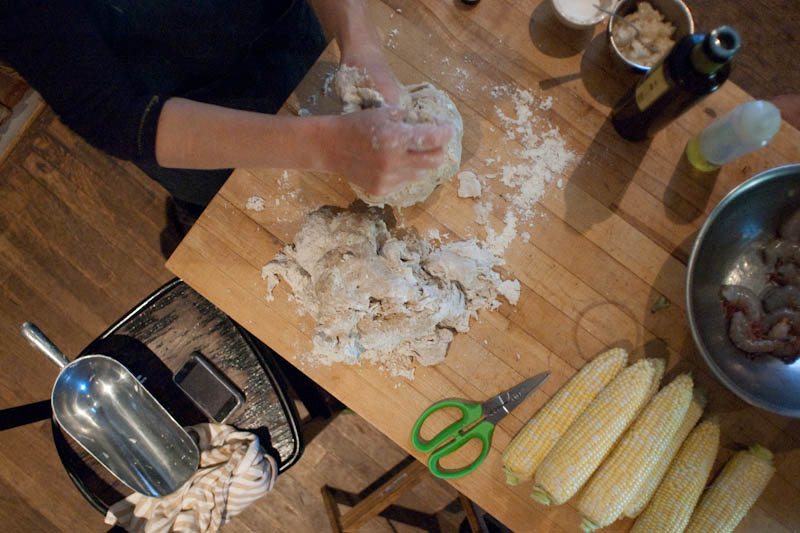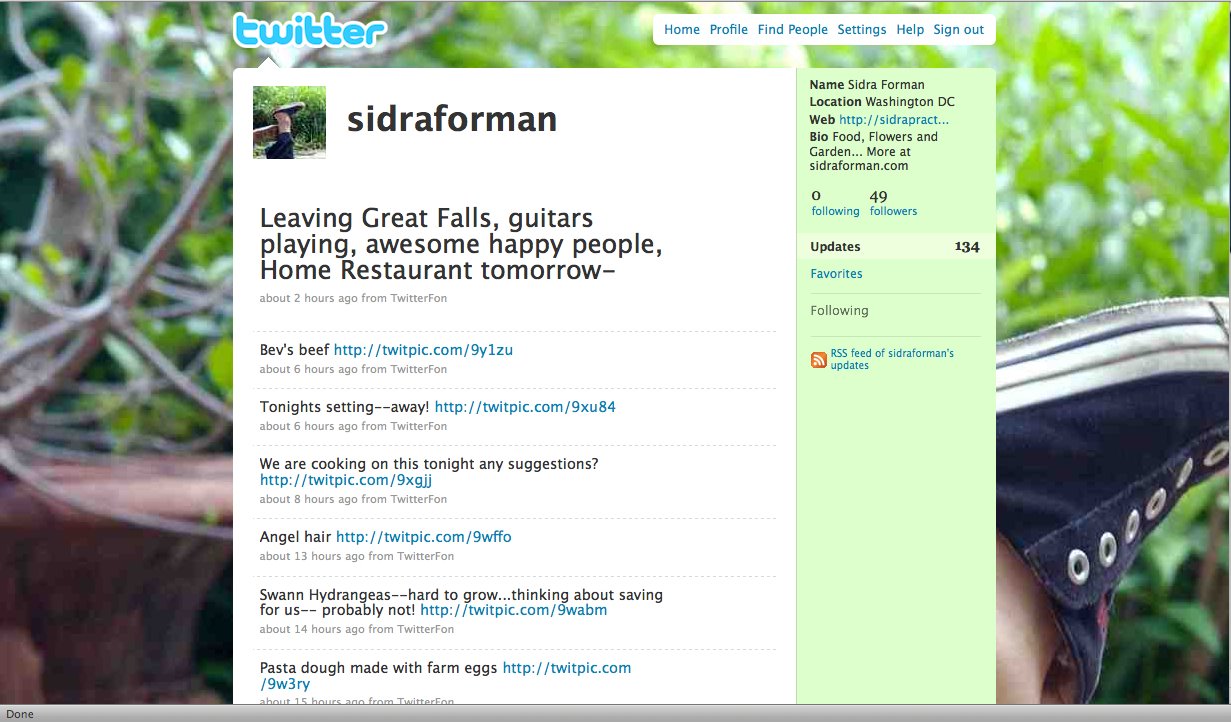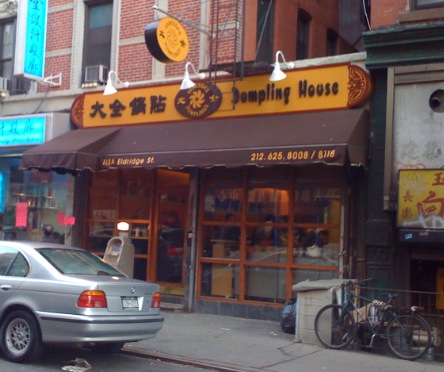 We have been asked a few times this summer to send along some recommendations of restaurants/shops in NYC that influence, inspire or make us think and play...here are a few of our favorite places and let us know what we are missing. These are only shops and restaurants we will do a post soon of our favorite art spaces, parks...
We have been asked a few times this summer to send along some recommendations of restaurants/shops in NYC that influence, inspire or make us think and play...here are a few of our favorite places and let us know what we are missing. These are only shops and restaurants we will do a post soon of our favorite art spaces, parks...
Marlow and Sons is the only place to eat in Williamsburg…
http://marlowandsons.com/
Pure Food and Wine a fantastic Raw Restaurant…also check out the carry out around the corner, One Lucky Duck...
http://www.oneluckyduck.com/
Punjabi–Great Veggie Place, Pakistan Food–where the cabbies go!
http://www.yelp.com/biz/punjabi-grocery-and-deli-new-york
Eli's on third and Vinegar Factory on 91st, Eli Zabar’s kingdom in the Upper East Side– a food lover’s haven…
http://static.elizabar.com/stores-locations/index.htm
Murrays Cheese in West village the best, we used to buy from them when we had Rupperts…
http://www.murrayscheese.com/
Difara's pizza, people line up for hours, a great place–way out, almost in Coney Island definitely a food safari expedition…
http://www.difara.com/
Dual Speciality Store spices, great place to stock up on hard to find ingredients and spices
http://www.dualspecialty.com/
Vanessa's Dumplings is always our first stop! Do not miss the Sesame Pancakes! Only go to the one in the Lower East Side...
http://newyork.seriouseats.com/2008/07/dumplings-and-sesame-pancake-sandwiches-vanessas-dumpling-house-chinatown-nyc.html
Caracas Arepas–check out the take away next to the Bar...
http://www.caracasarepabar.com/manhattan.php
Zaragoza, a grocery/taqueria on Avenue A between 13th and 14th Sts. Has amazing pig ear tacos! But no website...
Kajitsu in East Village--The purity is inspiring in this Japanese Vegan Cuisine…
http://www.kajitsunyc.com/
Stogo Vegan ice cream in east village...
stogonyc.com
Roberta’s Pizza in Bushwick...
http://robertaspizza.com/
Hangawi–Korean Vegan, we are here every Christmas Night...
http://www.hangawirestaurant.com/
North East Kingdom in Bushwick nice out of the way restaurant…
http://north-eastkingdom.com/
Kosars Bialy in Lower East Side stay away from the bialys and go for the sesame sticks!
http://www.kossarsbialys.com/
The Pickle Guys in Lower East Side–great on-line ordering as well...
http://www.nycpickleguys.com/
Babycakes Lower East Side–vegan cupcakes always our second stop after Vanessa's Dumplings!
http://www.babycakesnyc.com/
Flea Market in Brooklyn Sat and Sun, DUMBO indoors on Sunday—Outdoors in Fort Greene on Saturday with great food..favorites–Central American, portable pizza guy and the Raw Chocolate Sorbet...
http://www.brownstoner.com/brooklynflea/
Gimme Coffee--in Williamsburg and Soho...
http://www.gimmecoffee.com/
Joes Coffee near Washington Park...
http://www.joetheartofcoffee.com/
9th street espresso in East Village!
http://www.ninthstreetespresso.com/
Oslo Coffee...
http://www.yelp.com/biz/oslo-coffee-brooklyn
La Esquina–great set up--use of space–have to see!
http://www.esquinanyc.com/
Casa Mono near Union Square–Tapas with a ham bar next door…
http://www.casamononyc.com/home.cfm
Blue Stocking Indy Book Store–good guerrilla gardening section...
http://bluestockings.com/
St. Mark’s Book Shop, independent Book Store in East Village...
http://www.stmarksbookshop.com/
Eleven, an amazing second hand store in NOLITA...
http://www.misterblistershop.com/vintage1.html
Assembly in LES–the store is much different than the website–fashion store great setting...
http://www.assemblynewyork.com/
IF, if Dries Van Noten and Martin Margiela appeal this is your store, and yes they have Mens!
http://nymag.com/listings/stores/if/
Nom de Guerre…underground feeling, worth seeing fashion for men...
http://www.nomdeguerre.net/
Takashimaya only reason besides Bryant Park and Eli’s to go past 14th street…
http://takashimaya-ny.com/
Jutta Neuman–They make things–shoes!
http://www.juttaneumann-newyork.com/
Muji, only because we don’t have one in DC, yet!
http://www.muji.us/store-info/
Kinokuniya, Amazing Japanese Bookstore with teashop on second floor...
http://www.nytimes.com/2007/10/26/books/26kino.html

